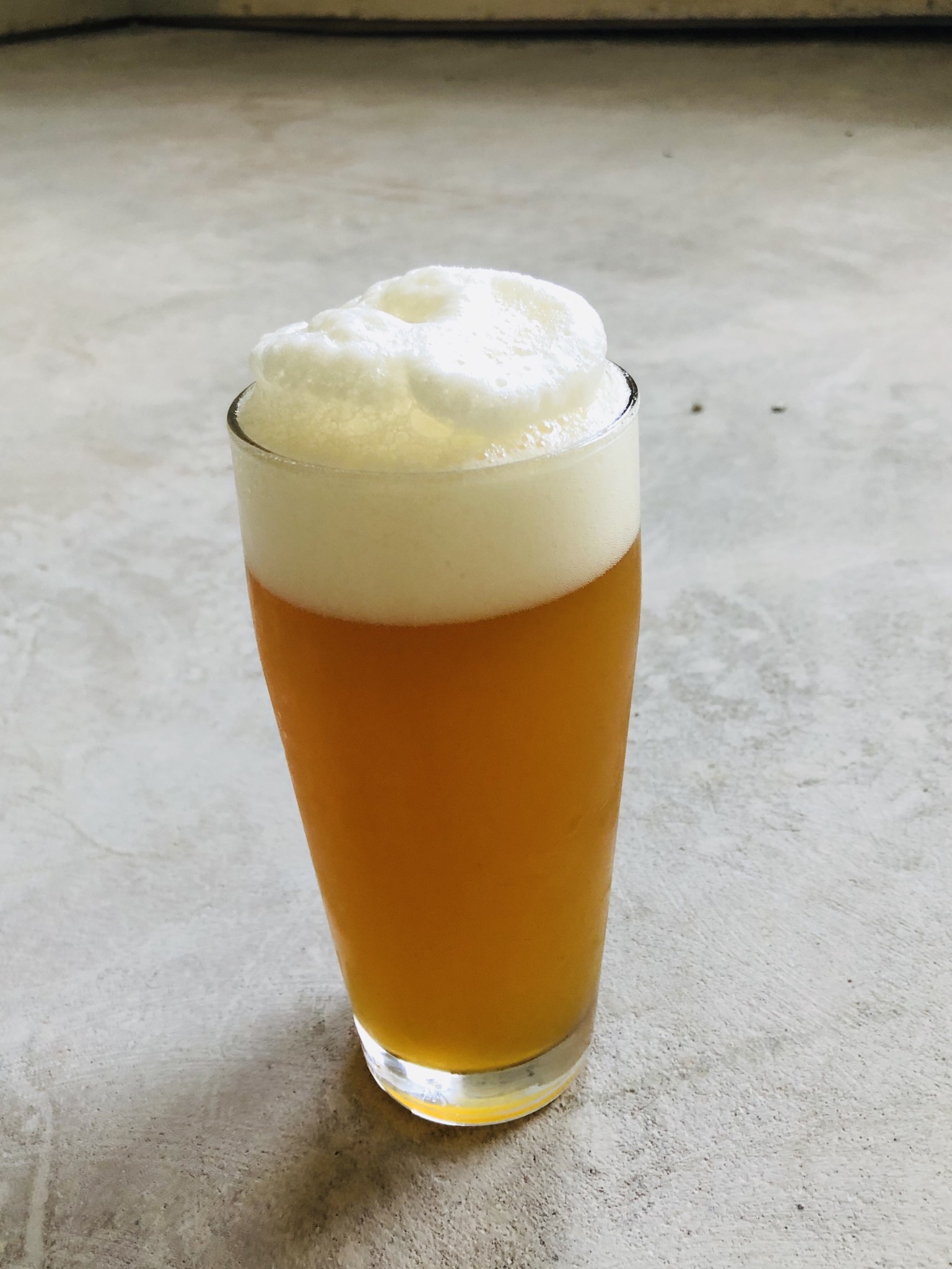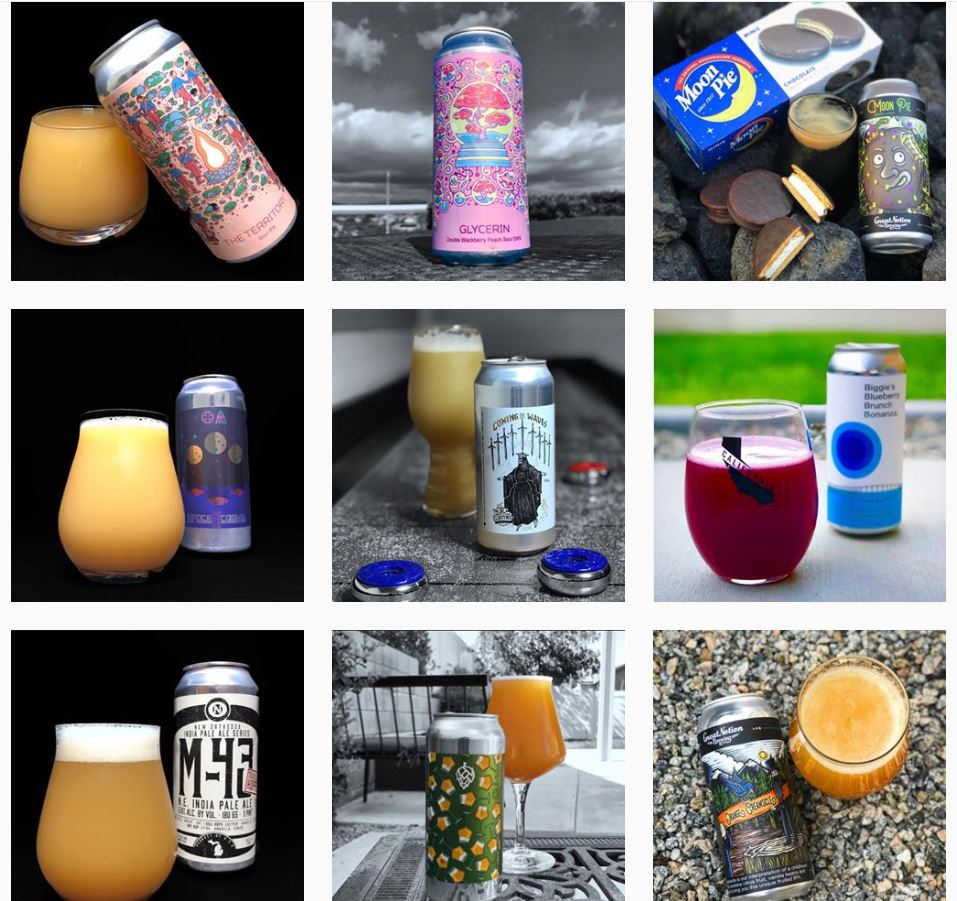Heres my take . RAHAHB! Cheers



I think is worth acknowledging that there is a distinct difference in "some haze" and complete turbidity. Its the acceptance of the latter and its impact to the industry in general that really raises my hackles. Its really a devolution for the IPA style and beer in general IMO.
I do not include styles like Hefeweizen in this comment since number one, they are supposed to be turbid and number two, no alignment with IPA.
I'm fine with a complete opaque haze in this instance. Same with Wit and Hefe.I think is worth acknowledging that there is a distinct difference in "some haze" and complete turbidity. Its the acceptance of the latter and its impact to the industry in general that really raises my hackles. Its really a devolution for the IPA style and beer in general IMO.
I do not include styles like Hefeweizen in this comment since number one, they are supposed to be turbid and number two, no alignment with IPA.
Case in point. I went out to a Chilli's with the inlaws yesterday. I ordered an Surly Furious. It's a west coast style IPA. It can have a slight hop haze to it. The waitress reported to me that the keg had just tapped and that they were changing it. I was more than happy to wait. What came a few minutes later was pretty much like it was mixed 50% with milk. I don't even know how you can get it to look like that. I've bought kegs for home and have had them pour clear from the first draw.
But, the bartender poured it, thought it was ok. The waitress delivered it, thought it was ok. I took one look at it and asked what it was. She seemed a little put off but dutifully returned it to the bartender. He then came out with a fresh one that was at least passably clear. His response was that he had just changed the keg and that they pour a little cloudy sometimes. But he had no reservation about serving that beer. THAT is a negative impact that these styles have had. It makes beer faults in other beers seem acceptable.















[...]But I urge you find fresh Heady Topper, arguably one of the if not the beer that started this trend. It's VERY bitter. Not West Coast IBU Arms Race bitter, but bitter enough to exceed many a west-coast style IPA.
A circle jerk is a really good way to make a cloudy beer.I agree that this thread has become a circle jerk.
I see you're in Stow - I love Medusa. Sure, they do a lot of IPA stuff, but their cream ale and dark milds are fantastic!Being near 'nuff to get HT as often as desired, and having consumed the best NEIPAs often (Treehouse, etc - I do live in the epicenter of the style) and having brewed numerous WCIPA and NEIPAs, I dispute the notion that the classic NEIPA is anywhere near the class WCIPA wrt bitterness - perceived or otherwise.
That is all.
Cheers!
No, it goes to show that the masses are generally senseless. Take a look at the Top 40 music charts... Surely that many people CAN'T be wrong! Surely...LOL....
I dont think having the #1 rated beer for years is subjective.



If you truly are a hop head it shouldn’t matter what it looks like.
The head on that beer looks awesome. But on clarity and if it matters... Its truly subjective. For me personally, an IPA with good hop flavor, aroma and bitterness and "some haze" is pretty nice. If you take that IPA with the same hop characteristics but top it off with good clarity too..., Good now becomes GREATNESS!
So to me, it can and does matter!
-HopHead
That pretty much sums up the thread...
But that same IPA with better clarity will always have less hop flavor and aroma.

Anybody?Who's for Burton-On-Trent water profiles with 260ppm to 352ppm for calcium?
Yeah.... Or Instant milk powder.Maybe they confused boosting calcium-sulfate with calcium, and poured a gallon of milk into the mash?
I'm with you. I wasn't trying to go off topic. My thought was to clarity and the annoyance that I have with my young beers. I do wonder how many of these cloudy beers wouldn't remain that way if the water was harder or is it a prerequisite?I always use Gypsum. Where I live, my water is very soft with higher levels of sodium than desired for beer due to the softening process. So I blend with DI and use Brun'water to calculate the mineral additions and shoot for 50ppm or higher CC.
So not to make this a water chemistry thread, the process' I use help me produce very clear IPA; the way it should be!